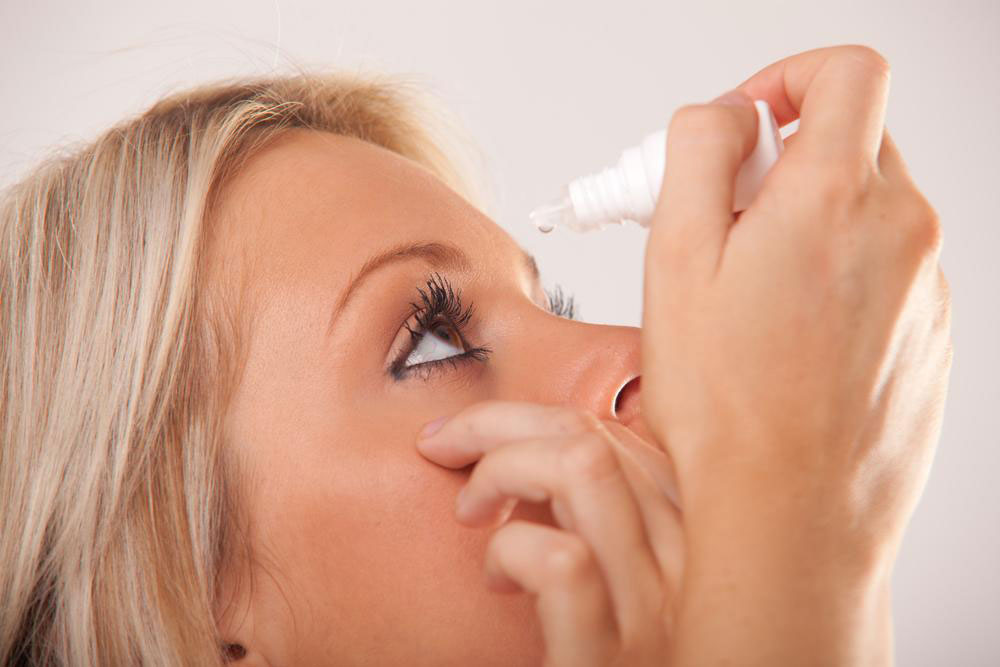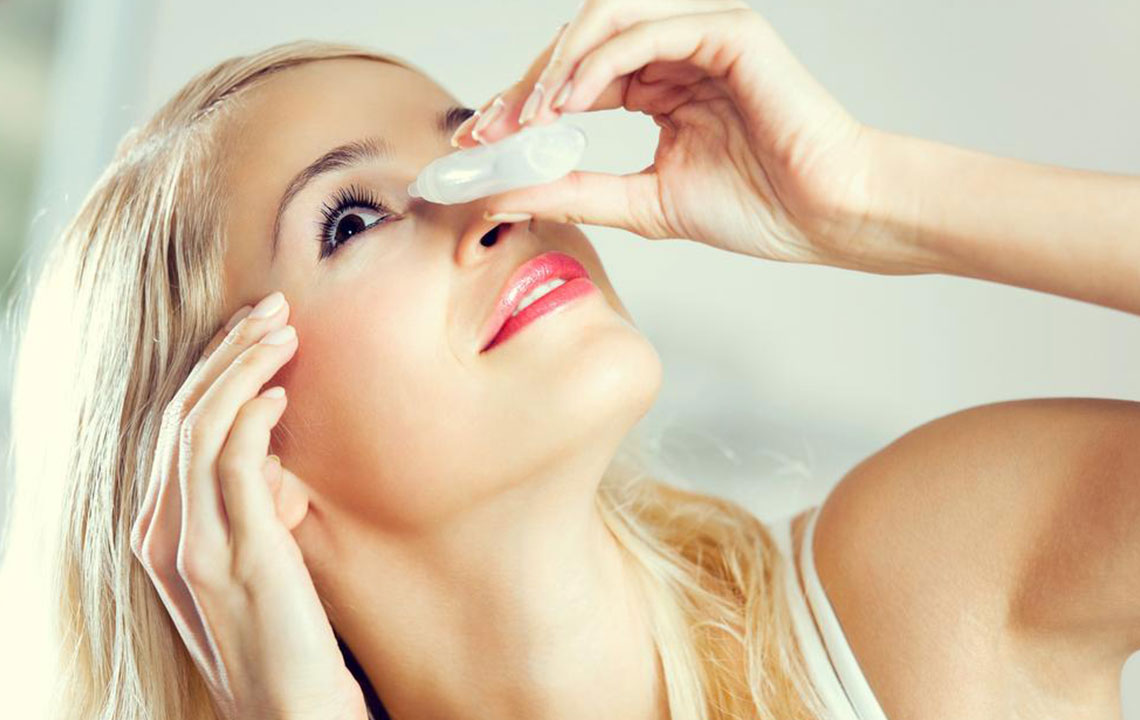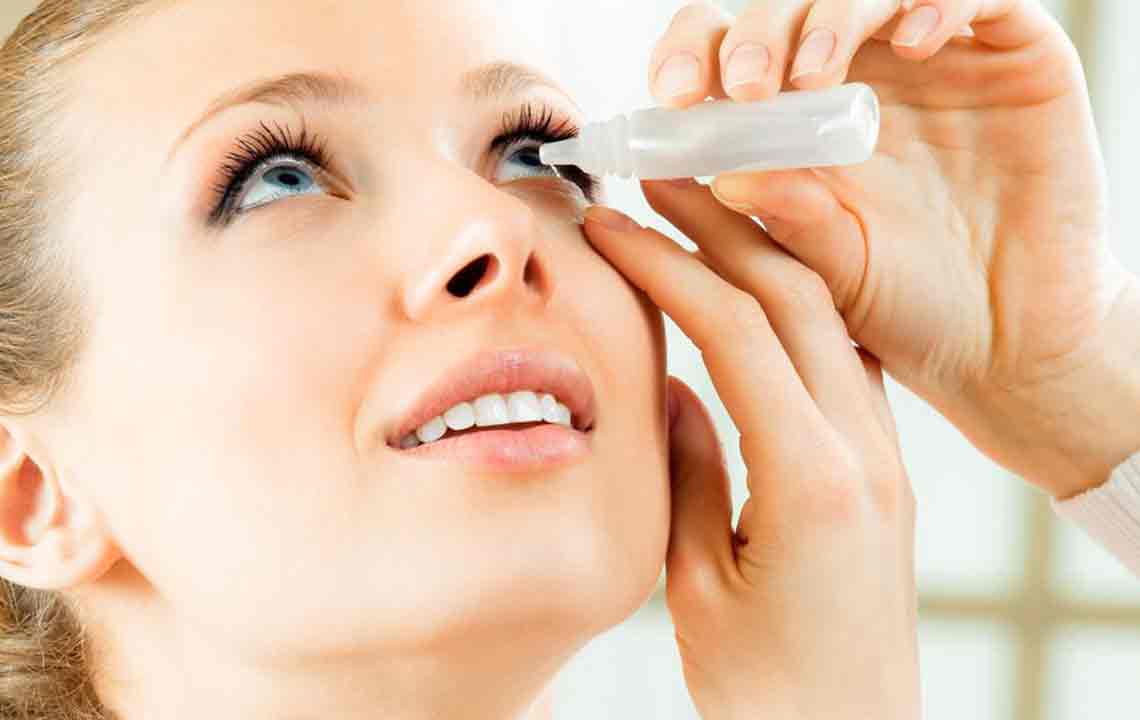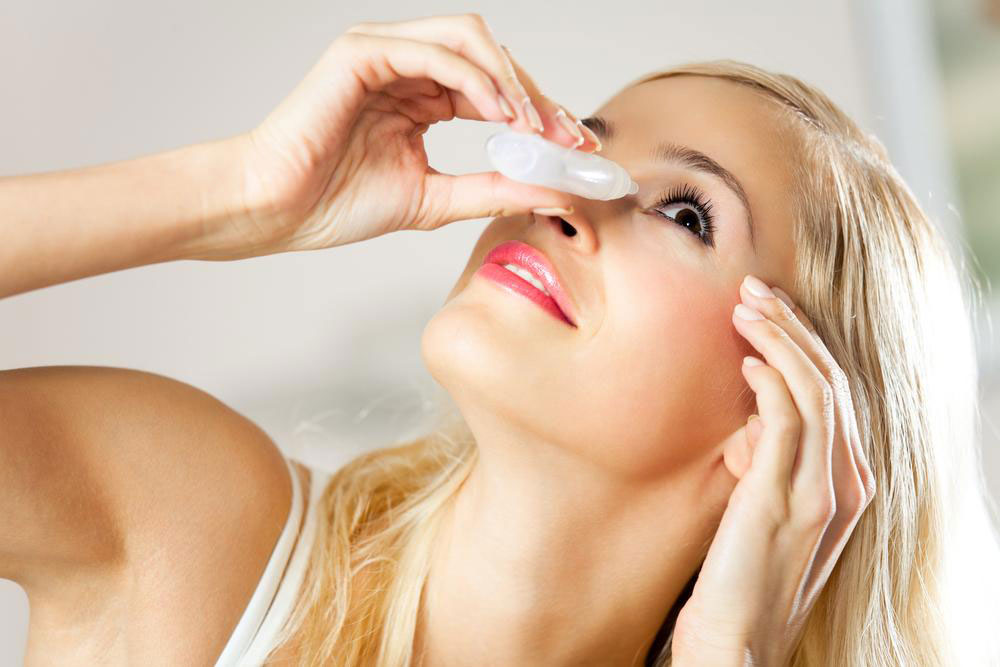Top 5 Treatments for Managing Dry Eye Syndrome
Discover five effective strategies to relieve dry eye symptoms, including artificial tears, anti-inflammatory medications, advanced device therapies, and tear retention techniques. Early treatment can improve comfort and vision quality, tailored to individual needs by healthcare professionals.
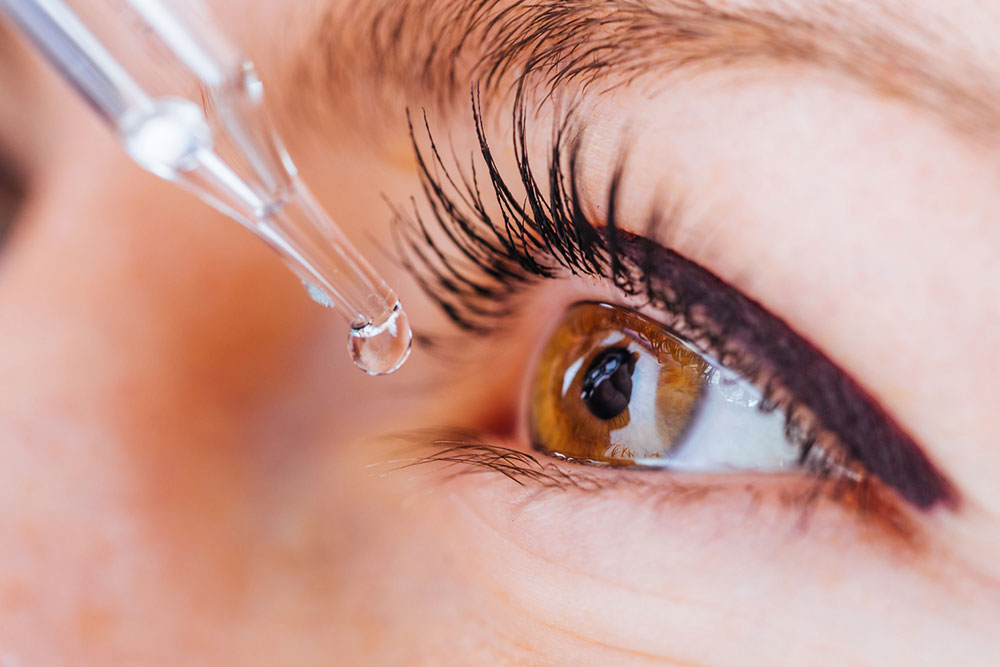
Top 5 Strategies for Treating Dry Eye Symptoms
Dry eye syndrome is a common condition that can worsen over time if left untreated. Its causes and severity vary, making some treatments more suitable than others. While complete elimination isn't always possible, many approaches can reduce discomfort, improve visual clarity, and enhance overall eye health. Treatments range from simple drops to advanced procedures, focusing on restoring tear production, reducing inflammation, or preventing tears from draining too quickly. Here are five proven options for managing dry eyes effectively.
Artificial Tears and Lubricants
For mild dry eye caused by screen use or environmental factors, over-the-counter lubricating eye drops, known as artificial tears, are often the first line of treatment. These drops come in various formulations and viscosities. Low-viscosity options provide quick relief with minimal blurring, ideal for daytime use, but require frequent application. Higher-viscosity gels last longer and are typically used at night to maintain moisture and comfort. Always follow package instructions and consult your doctor about switching brands.
Anti-Inflammatory Eye Medications
Given the role of inflammation in dry eye disease, doctors may prescribe steroid eye drops to reduce redness and discomfort caused by inflammation. These corticosteroids are usually for short-term use, especially when combined with other therapies like artificial tears or immunomodulators, for long-term management. It's essential to discuss your medical history with your doctor before starting steroid treatment to ensure safety.
Cyclosporine Eye Drops
Medications like Restasis are designed to enhance natural tear production while reducing inflammation. They are effective but require consistent use for at least three months before noticeable benefits appear. Some users may experience mild burning initially, but this typically diminishes. Consult your ophthalmologist to determine if this therapy is suitable for you.
LipiFlow® Device Therapy
LipiFlow® is a cutting-edge, in-office procedure that combines warm compress technology with gentle pressure to unblock blocked meibomian glands. This treatment restores the oil layer of tears, improving eye comfort. It usually takes 12 minutes per eye, with results lasting 1 to 3 years. The procedure should be performed under medical supervision.
Punctal Plugs
To prolong tear retention, tiny devices called punctal or lacrimal plugs are inserted into the tear drainage ducts at the inner corners of the eyelids. This prevents tears from draining away too quickly, keeping the eye surface moist. The tears gradually vaporize or drain naturally, providing longer-lasting relief. Early diagnosis and personalized treatment planning are vital for effective management.

